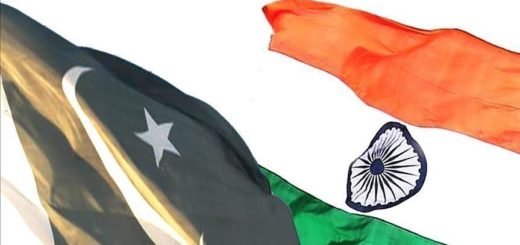Russia’s invasion of Ukraine: A historical perspective and its impacts on India
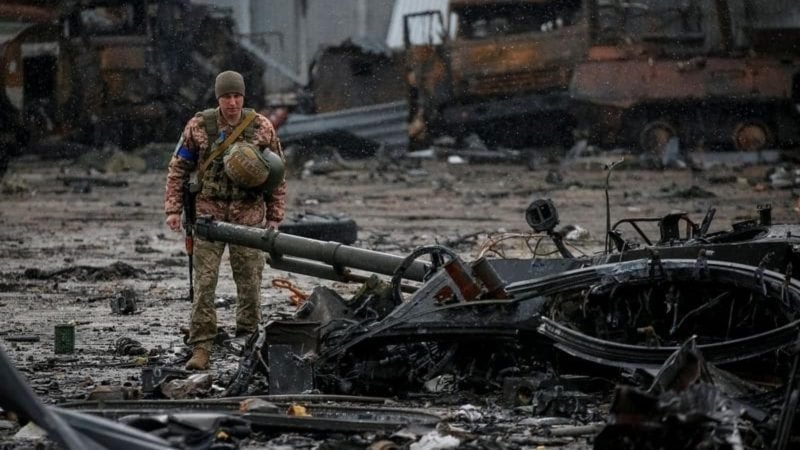
On February 24, 2022 Russia invaded Ukraine, escalating the Russo-Ukrainian War, which began in 2014. In the light of the events this article aims to shed a light upon the historical underpinnings of the conflict a present day scenario and its implications on India.
Introduction
Ukraine is a country located in Eastern Europe which is the second largest and second most populous country in the European continent. Earlier Ukraine was a part of the Soviet Union until 1991 after the disintegration of Union of Soviet Socialist Republics (U.S.S.R.). The country shares its borders with members of the European Union in the west and Russia in the east and concurrently maintains strong social and cultural ties with Russia. It is home to most of the agricultural production, defense industries, & military heads including Black Sea Fleet. Ukraine’s geo-political location is a matter of great strategic importance to the Russian Federation. Geographically, Ukraine is bisected in two parts: Western and the Eastern Ukraine. The eastern part has intrinsic cultural relations with Russia & it shares its eastern boundary with Russia, but also because Ukraine was part of the former Soviet Group. Russian culture prevailed more in this region which has come to be known as Donbas Region. The geopolitical location of Ukraine gives birth to the present conflict that is Russia’s invasion of Ukraine. But the question remains what drives Moscow’s cartographic expansion.
What is driving Russia’s interest in Ukraine?
The capital city of Ukraine, Kyiv referred to as “the Mother of the Russian Cities” on par Russian culture prevails more on the Eastern part of Ukraine. Post USSR’s disintegration when Russia and Ukraine were born as independent states, Russia lost all its control on territory of Ukraine whereas later the inclination of Ukraine towards the western allies was considered as a major blow to Russia’s international prestige. It didn’t just hurt Russian pride but also intrigued Russia in taking aggressive and bold moves such as annexation of Crimea in 2014 and the Ukraine’s invasion. From Russia’s point of view these annexation and military operations are conducted to enhance Russia’s security and guard Russian integrity from the USA and its NATO.
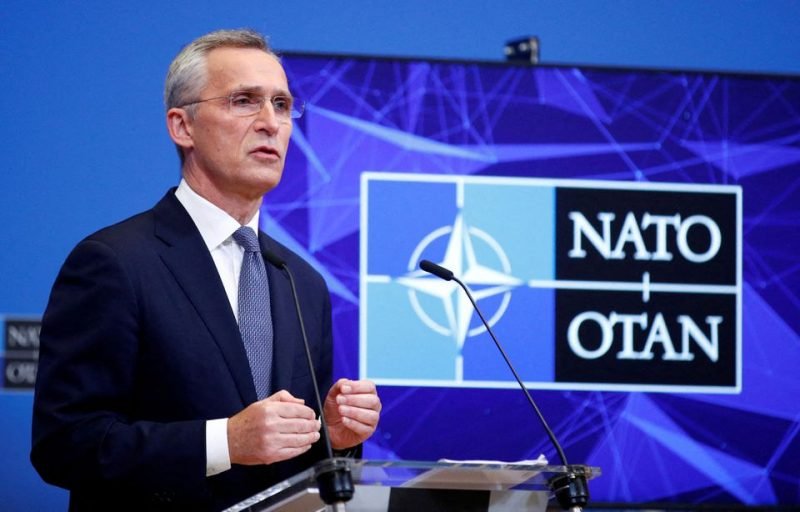
The beginning of the crisis and nuclear dangers
The first fissure in the Russia-Ukraine relationship appeared in 2004 with the Orange Revolution, which began as a peaceful protest but ultimately ended in the defeat of reportedly Russian-backed candidate Viktor Yanukovych and the victory of his reformist competitor, Viktor Yushchenko. However, Yushchenko, Former Ukraine’s President, was quickly troubled by infighting and was unable to move Ukraine firmly toward Euro-Atlantic integration during his five-year time in power, which proved to be a profoundly frustrating one. This prepared the way for Viktor Yanukovych (Viktor Yushchenko’s opponent in the presidential election) to make an improbable comeback and win the presidential election in 2010.
Viktor Yanukovych, Ukraine’s pro-Russian president, refused to sign the European Union Association Agreement in early 2014, sparking major protests in Kyiv and compelled the then President to resign. Moscow, on the other hand, retaliated by annexing Ukrainian land, including Crimea, and reportedly supporting a separatist revolt in Ukraine’s east, which later took control of a portion of the country’s Donbas area. As a result, the EU and the US placed a slew of sanctions on Russia.
In September 2014, Russia, Ukraine, and the Organization for Security and Cooperation in Europe struck a trilateral deal to halt the conflict in Ukraine’s Donbas area, with France and Germany serving as mediators. The Minsk Protocol was named after this accord (Minsk I). It was a ceasefire agreement between the two countries that was broken down owing to both sides’ violations of the agreements.
Years have passed since another Minsk agreement, yet the conflict between the two territories has not been settled. “Like it or don’t like it, it’s your duty, my beauty,” Russian President Vladimir Putin responded to Ukrainian President Volodymyr Zelensky’s declaration that he approved of one provision of the Minsk Accords.
Presently,Ukraine’s turn toward the West has heightened tensions between the two countries. The fall of the Soviet Union piqued NATO’s interest in expanding its influence in Eastern Europe. As a result, NATO, an organization founded to challenge the Soviet Union, signaled in 2008 that it intended that Ukraine should join NATO as an ally; the signaling appeared to be a direct danger to Moscow’s external sovereignty and was considered to be a red line to the Russians.
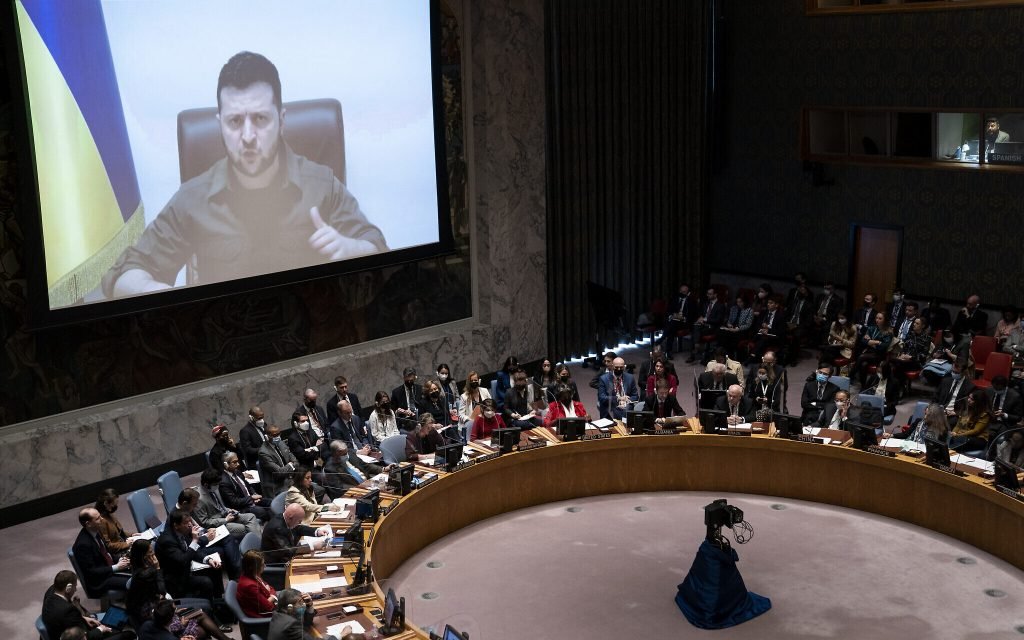
Russia suggested an eight-point security pact for the West in December 2021. It was intended to address European tensions and the Ukrainian issue, but it includes problematic measures such as barring Ukraine from joining NATO, limiting NATO’s future growth, and curtailing drills in the region, among others. However, conversations on this draught have repeatedly failed, escalating the antagonism between the two. Later, the crisis deteriorated US-Russia ties, resulting in the imposition of fresh sanctions and the prohibition of Russian products.
Moscow has also threatened Kyiv and the West by placing its nuclear forces on high alert; on the other hand, Kyiv has maintained a level head throughout. Nonetheless, it is widely assumed that Russia is in complete command of the fight. During these times, Ukraine is at Russia’s mercy. Russia may end this entire disagreement whenever it wants. In the year 1979, a prominent Former Premier of the Soviet Union, Nikita Khrushchev, stated that if nuclear war were to occur, the “living will envy the dead.” The current escalation of hostilities between these two countries is leading us in the same path.
On April 22, 2022, the Satan 2, an Intercontinental Ballistic Missile (ICBM) with a shooting range of 11,000 – 18000 km was tested. This has caused Russian enemies to reconsider their position. Moscow stated that this test will cause the West to “think twice.” This occurrence was followed by Russian Foreign Minister Sergey Lavrov, who stated on national television on April 26, 2022, “The danger is serious, real. It can’t be underestimated.” He also stressed the need of preventing World War III. The question here is how long Ukraine will be able to sustain itself in changing current power dynamics in which the West is eager to bring Moscow down.
Impact on India
Throughout the Ukrainian conflict, India’s position has remained consistent. India has not presented a narrative to the world in response to Russia’s aggression in Ukraine. New Delhi has taken a balanced stance, gripping the string tightly at both ends. It has aided the Russian economy by ensuring consistent trade of Russian crude oil. On the contrary, it condemns the escalating violence between the two countries.

This skirmish situation has resulted in a major fallout to the Indian economy. According to the reports issued by the Reserve Bank of India, Indian banks do not have larger exposure to the two countries that are at war. However, an increase in the oil prices after the surging tension between the two nations, would impact India’s current account deficit resulting in the rise of inflation. Due to this the domestic currency is facing a jolt which will lead the central bank to sell dollars to stem the currency’s fall.
Manufacturing of certain goods had also got affected, as Russia and Ukraine are the providers of semi-finished iron and steel which are used for the manufacturing of cars, and other electrical machineries. Due to this, there is severe hike in the price of automobiles and depletion in the production of automobiles. There is a great pressure on the companies, businesses having partnership with the Russian companies. Such companies are announcing their withdrawal from their projects with Russian companies. An example of such a situation is of Pharmaceutical companies like Sun Pharmaceuticals and Dr. Reddy’s Laboratories (DRL) having production facilities in Russia and offices in Ukraine. It has been observed that the dependency of Pharmaceutical products on Ukraine has increased drastically because of the ongoing crisis that generates an instability in the prices of Active Pharmaceutical Ingredients (API) which is a matter of concern for India.
Along with Pharmaceutical products, India also exports agricultural and food products from the two nations which include cooking oil as well. The scarcity in the production and the increasing demands of these food products will lead to increase in their prices.
On one hand as there is global economic fallout due to the ongoing tensions between the two nations, on the other hand there seems to be a positive impact on India’s rural economy. One can experience a spike in commodity prices however there could be silver lining for India in terms of rural economy. Ukraine is amongst the largest global exporters of wheat, sunflower, barley, rapeseed and maize and as observed after the outbreak of the crisis there is a hike in the prices of the products. India in this situation has a golden opportunity to export its Rabi Crops like wheat, barley, cotton and can gear up its economy by filling the gaps generated in the global stock causing the turbulence in Europe’s breadbasket. After a ban on the Russian flights to Europe, there is an opportunity for Indian exporters of processed food which includes nuts, cereals, fruit juices etc. This ongoing crisis has created an opportunity for the Indian farmers to make a quick buck because India is the only country in the world that is able to provide fresh wheat in the months of June and July
Conclusion
The world is watching the never-ending Russia-Ukraine conflict as the catalyst for World War III. Ukraine appears to be on the front lines of a conflict between European rules-based order and Russian autocracy. It is an indirect conflict between the Western superpowers, the European Union, and NATO on the one hand, and Russia on the other. For over six years, Kyiv has been fighting Moscow’s assault and annexation of its land. Nonetheless, it has proved its ability to persevere in the face of adversity. However, the conflict is far from done, and President Putin is unwilling to compromise its goals. Both nations have forced the growing powers to choose sides.
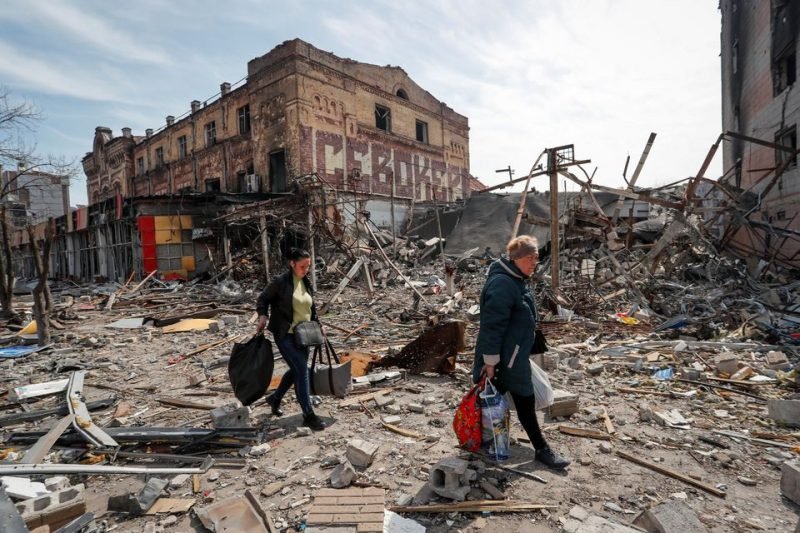
India had taken a neutral stance, although having a strategic partnership with Russia. Russia is one of the leading trading partners of India in fields of defense, technology, oil and energy and plays a key role in the nation building process of India. But because of the ongoing Russia-Ukraine crisis, there will be a jolt on the Indian economy. Observing the hike in the price of crude oil and energy, the Indian economy is facing inflation. Various sanctions imposed by the US and Europe on Russia creates a problem for Indian banks in transactions and communication. But still there seems an opportunity for India to spike up its rural economy by replacing Ukrainian agricultural products to that with the Indian products.
Russia is an important partner to India, so the mood of the nation is to force the two-conflicting nation for immediate cessation of hostilities and an end to violence. The Modi Administration is in favor of encouraging talks between Russia and Ukraine so as to attain economic stability between India and Russia. If India lacks in attaining this stability, it would be a challenging situation for India.
Structural realist John Mearsheimer articulated “The crisis is West born as it has been poking the eye of Russia for pat 25 years.” What India could do now is provide the world with a fresh perspective about this conflict which is not influenced by the west and does not support violence as a way of resolving the conflicts. Indian diplomacy can leverage India’s cultural heritage of non-violence in its diplomatic stands which India has articulated in various narratives of maintaining peace and strategic resolve.




